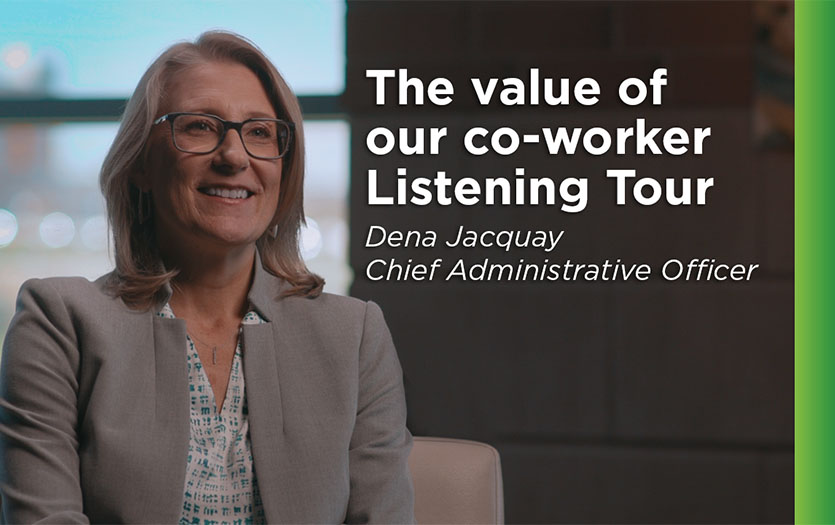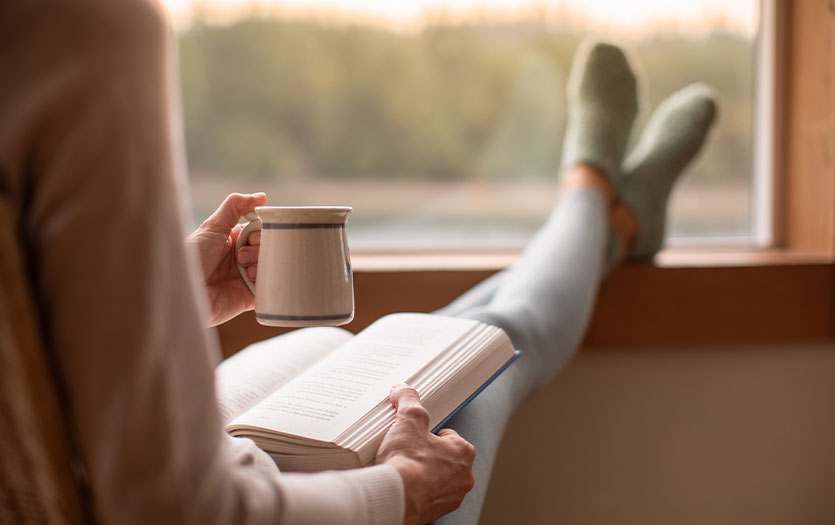
Vicki Junk-Wright, healing artist, shared this story about the Healing Arts Program and a recent interaction she had at Parkview Behavioral Health Institute.
I’m retired from my 28-year career as an art teacher, and nine years ago the Parkview Healing Arts Program started around my dining room table. Today, the program includes visual, musical, movement, and literary and mindfulness artists in residence who bring the arts to patients, families, caregivers and the community.
I personally take visual art bedside at Parkview Regional Medical Center (PRMC) weekly and conduct workshops bi-weekly with teens and adults in the Parkview Behavioral Health Institute (PBHI). I’m also on-call for the PRMC and Parkview Hospital Randallia labor and delivery to create baby portraits for parents who lose a child during delivery.
What the Healing Arts Program does
When I take art to the bedside or conduct a workshop, I encourage mindfulness through artful instruction and provide patients with a break from their stress. Typically, they feel a sense of accomplishment through the art process, and the personal contact and lighthearted activity helps to shift their mood. The act of creating provides patients with temporary relief from their inner chatter and, for some, the experience can be a “turning the corner” moment.
In my work, I see smiles, hear “thanks you,” get called an angel and am regularly asked for hugs. Patients are starving for a change in energy, especially if they’ve been ill for an extended period of time. We see patients who are closed off to getting help soften during interactions with artists. Science is just starting to explore how our brains naturally create happiness chemicals through dopamine, oxytocin, serotonin and endorphins, but the arts have always produced these chemicals in our brains.
Creating connections through art
I recently had a moving encounter with a young man while leading a teen workshop at PBHI. I always start my workshops by quickly sketching a profile of each patient and then asking them to fill the head I just drew of them with their thoughts. We use washable markers and I have them mist their thoughts with water when they are done writing, which visually turns the thoughts into a tie-dye effect.
One young man didn’t want to enter the art activity and refused to sit at the table and instead curled himself into a ball on the floor. I walked over to this young man and said, “You have a great profile. I can’t draw you on the floor. Please come to the table and let me draw you.” He soon did and slowly became engaged with the project.
I then proceeded with my presentation, talking about the brain, and drawing a diagram on the board about the amygdala, the hippocampus and the prefrontal cortex. I explained what happens to the brain when we get mad or anxious. Then, I used a singing bowl to work with the teens on taking a conscious breath to calm yourself and we practiced a few times. Then we create art about the calming breath they just felt. At the end of the workshop, the patients take their art, but they also take away information that can be life-altering, if practiced.
This particular day, I was cleaning up after the workshop and the young man who had been so hesitant was still in the room. He was just standing in front of my brain drawing—studying it. I stood quietly beside him in case he wanted to talk. Finally, he said, “Does this really work?” I replied yes, and he looked me in the eyes for the first time and said, “thank you.” I later heard that my workshop was his first positive interaction since arriving.
Art connects us. It changes the energy of a space, both for patients and staff. The ancient Greeks used art in healing, but somehow with modern science, we’ve moved away from addressing how art can help with emotions. I believe it’s time for mankind to revisit and continue to explore the power of the arts as a valuable tool and aid in emotional healing. I feel blessed to have the experience of bringing art into PBHI these last few years.
How you can help
Parkview Healing Arts program, in collaboration with Fort Wayne Dance Collective is partially funded by the generosity of others through gifts made to the Parkview Foundations. Learn more about how you can help and make a donation here.



